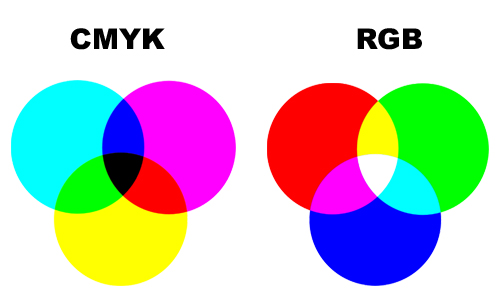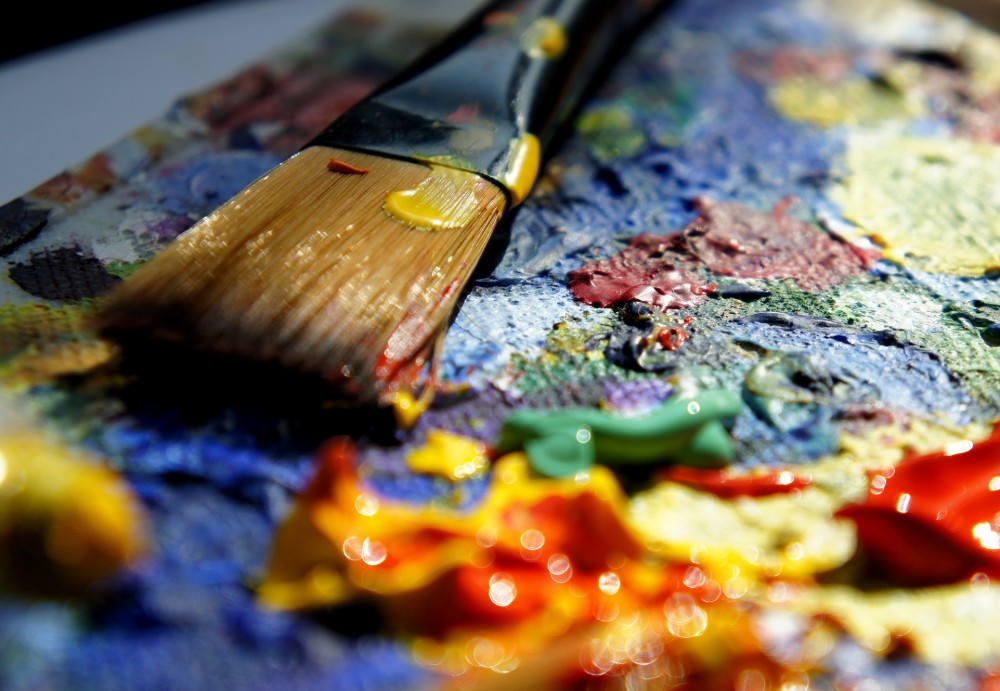Mixing primary colors and obtaining different unique hues is not only an art, but also a complex and mysterious science. It is a story about biology and the way we perceive colors and it is a story about the technological evolution which was yet unable to replicate some of the colors we can see today only in art museums.
What are Primary Colors?
The meaning of RGB & CMYK
The most common definition of “primary colors” describe them as the only hues that can’t be created by mixing any other colors together. The primary pigments used in the manufacture of paint are red, yellow and blue.
However, the newest technological evolution made it possible to use today different color models in order to reproduce a broad array of colors. Depending on the final product where we place the colors which can be printed or digital, we use a RGB color model or a CMYK color model. Those are actually abbreviations of the colors used to obtain a very large palette.
The RBG color model
The RBG model defines red, green and blue as primary colors used to create the representation and to display images on various screens and electronic systems. However, this color model is based upon a much older theory. Actually, the trichromatic color vision was developed by Thomas Young and Hermann Helmholtz in the early to mid-nineteenth century and it was based upon the biological study of the human eye perception.
According to this theory, humans are trichromats, which means that our retina contains only three types of color receptors, called cone cells in vertebrates. However, different light intensities that we are able perceive made researchers believe that they are more receptors.

The CMYK primary colors
Contrary to the traditional trichromatic model, you may think the printing technology uses four primary colors: cyan, magenta, yellow and key. In fact, the process of obtaining different hues is implies the same principles.
Adding black to this color palette of printers was related to practical reasons. Although a combination of cyan, magenta, and yellow inks will be able produce a perfect black, using black ink is less expensive. In addition, due to the great amount of text frequently printed, the most used color is black.

The limits of technology and the impossible colors
With all the technological progress, till now, it was impossible to reproduce many of the colors obtained in the past by mixing different plants and materials. It was also impossible for the human being to see all existing colors.
A class of colors, called “impossible colors”, cannot be perceived by the human eye. However, mathematically, the combination of various intensities and various frequencies associated with those colors is possible.
There are still many secrets in the science of the primary colors. Although the technological evolution made everything easier, it’s still hard to understand the limits of what we can see.



I recently had a fight with one of my friends regarding the primary colors! Thanks for the article, helped me win the bet.
the Primary Colors are the root of every other hue imaginable.
It;s sounds simple, but it’s not. The technology evolution redefined what we call “primary colors”
The thing with primary colors is probably a never-ending debate for graphic artists.
What most people learned in school and a favorite with artists. Primary colors for web are, red, green and blue, Not red Yellow, Blue…
Very good article! I like that playing with colors and experiencing it is represented as the best way to learn color. Primary Colors .These are colours that cannot be created through the mixing of other colours. They are colours in their own right?
primary colors… it is interesting. I was wondering what RGB stands for.
Advice: Too much use of primary colors (red, yellow, and blue) should be avoided, as they can cause visual fatigue.
Why are there still persons who are debating the Primary Colors? stop debating the primary colors and do you homeworks!
Primary Colors. Good article thanks!
I really hate primary colors. Who choose them?
Wow article.. i was looking for Primary Colors related articles 🙂